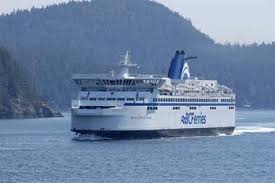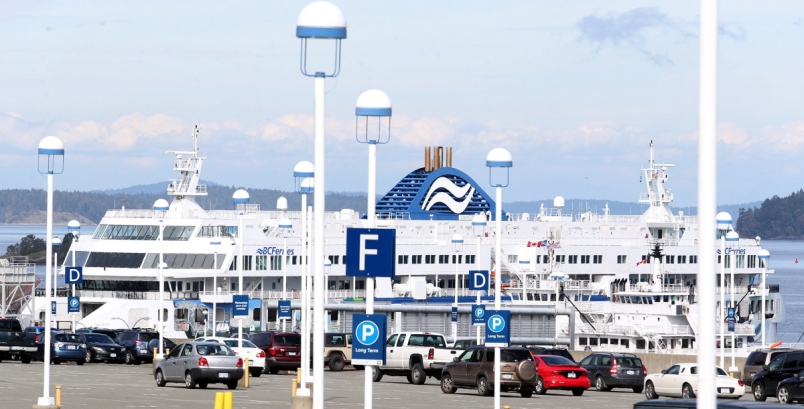Wednesday July 1, 2020 ~ COASTAL BC
by Mary Brooke, editor ~ West Shore Voice News
BC Ferries has added more sailings to meet what they expect to be increased summer demand.
Routes with more sailings are Tsawwassen(Vancouver)-Swartz Bay (Victoria), Tsawwassen (Vancouver)-Duke Point (Nanaimo), Horseshoe Bay (Vancouver)-Departure Bay (Nanaimo), and the Horseshoe Bay (Vancouver)-Langdale (Sunshine Coast) routes.
Schedules are posted at https://www.bcferries.com/schedules/

BC Ferries will have three ships operating on the Tsawwassen-Swartz Bay run, two vessels providing service on Horseshoe-Bay-Departure Bay, and one ship on Horseshoe Bay-Langdale. The Tsawwassen-Duke Point route continues as a two-vessel operation. This is about 120 sailings more per week compared to early in June.
Schedules effective July 2:
- Effective July 2, new schedules with additional service are being introduced to provide more choice for customers:
- Vancouver (Tsawwassen)-Vancouver Island (Swartz Bay) – 33 additional round trips per week.
- Vancouver (Tsawwassen)-Nanaimo (Duke Point); 8 additional round trips per week.
- Vancouver (Horseshoe Bay )- Nanaimo (Departure bay) – 30 additional round trips per week.
- Vancouver (Horseshoe Bay) – Sunshine Coast (Langdale) – 8 additional round trips per week.
COVID-19 safety measures:
Transport Canada now requires that passengers possess a face covering and wear it at the terminal or in passenger areas on the vessel.
BC Ferries asks customers to maintain physical distancing from other passengers, to remain in vehicles when possible, and limit movement around the vessel and the terminal.
Efficient loading and unloading:
Sailing on time is assisted by returning to your vehicle promptly before arrival, parking within 60 cm (24 inches) of the vehicle in front of your vehicle on deck, don’t interrupt staff with questions while loading and unloading, when loading follow the car in front of you promptly and carefully. Respect ferry workers and follow their directions with care.
Sometimes the captain may choose to sail with some empty deck space in order to balance on-time performance with capacity.
Pandemic has reduced travel activity:
Ferry traffic is still down about 50% on average across major routes compared to a drop from 80% in April. Additional sailings mean capacity will exceed current summer demand by an average of 20%.
“We are keeping capacity well ahead of demand all through the recovery,” said Mark Collins, BC Ferries President and CEO. “Ferry travel has returned to an average of about 30% lower than this time last year. We are forecasting it will be two to three years before traffic returns to pre-COVID levels.”
Reservations and travelling at non-peak times:
BC Ferries says there is capacity to meet traffic demand but that sailings at popular times may still be full. Reservations are recommended. Anyone with flexible travel plans is asked to travel at less busy time of the day, as a way to even out traffic throughout the day.



